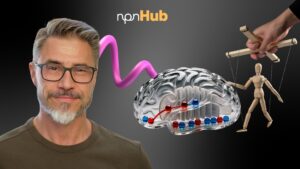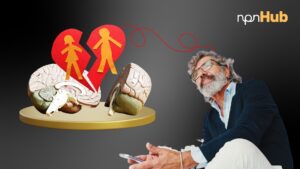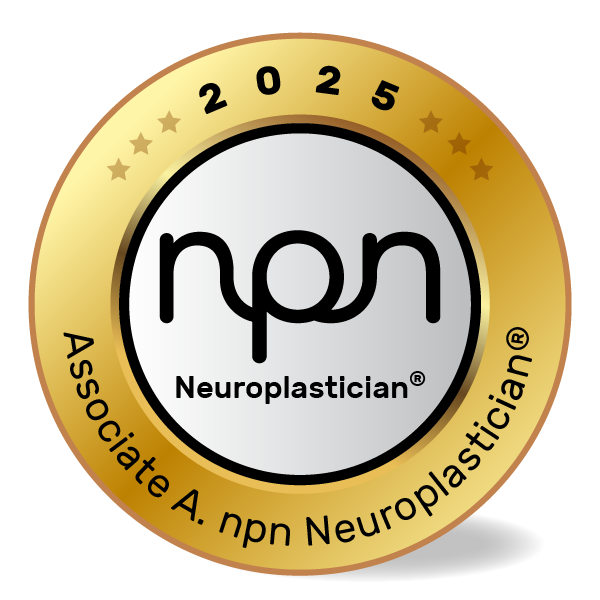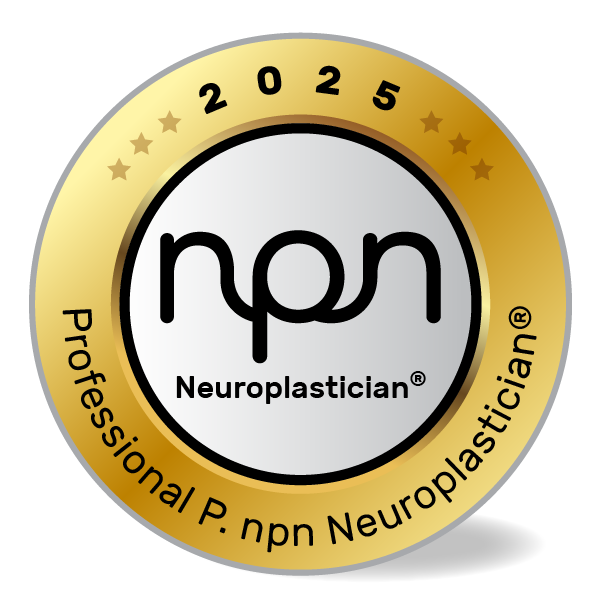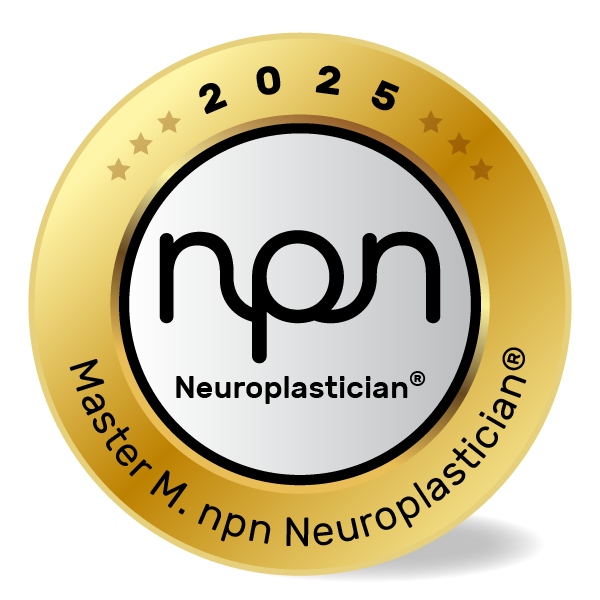Dr. Justin James Kennedy curated this blog
Key Points
- Nearly two-thirds of Alzheimer’s patients are women, but it’s not just because they live longer.
- Estrogen plays a protective role in the female brain—and its loss may accelerate neurodegeneration.
- Brain metabolism, immune responses, and genetics all interact differently in women than in men.
- Early intervention strategies tailored to women’s brains may improve prevention outcomes.
1. What Is the Gender Gap in Alzheimer’s Disease?
Imagine a neurocoach working with a 68-year-old client who’s been noticing memory lapses. Her mother had Alzheimer’s. Her aunt did too. She wants to know: Is it inevitable for me?
It’s a familiar story to many neuroscience practitioners. Women make up almost two-thirds of all Alzheimer’s cases in the United States, according to the Alzheimer’s Association. For years, the prevailing explanation was simple: Women live longer. But recent neuroscience has dismantled that assumption.
We now know that biological sex influences the brain’s vulnerability to neurodegeneration—not just through lifespan, but through hormone levels, immune function, and genetic risk factors. Researchers like Dr. Lisa Mosconi at Weill Cornell Medicine have led pioneering work uncovering how the female brain ages differently—especially around menopause, when the drop in estrogen can trigger changes in brain energy metabolism and structure (Mosconi et al., 2017).
2. The Neuroscience Behind Alzheimer’s and the Female Brain
In a cognitive aging workshop, a coach noticed that women in their late 50s and 60s were more concerned about brain fog and forgetfulness than their male counterparts. This concern is often dismissed as stress or multitasking—but neuroscience reveals a deeper cause.
Estrogen is a neuroprotective hormone. It supports synaptic plasticity, regulates mitochondrial function, and modulates glucose metabolism in the brain. As women transition through menopause, estrogen levels plummet. The brain must shift from glucose-based energy metabolism to ketone use—a change that isn’t always smooth and can lead to neurodegeneration in vulnerable areas like the hippocampus and posterior cingulate cortex (Brinton, 2009).
Neuroimaging studies have shown that brain changes associated with Alzheimer’s can begin decades before diagnosis, particularly in women during midlife. Amyloid-beta accumulation and tau pathology—two hallmarks of Alzheimer’s—may progress differently depending on sex-linked factors like APOE4 gene expression.
3. What Neuroscience Practitioners, Coaches, and Well-being Professionals Should Know
Take the case of a neuroplasticity coach working with middle-aged women experiencing cognitive fog. They’re worried it’s aging—but it could be a preclinical stage of Alzheimer’s. This moment of uncertainty is critical. Yet many still believe:
- My clients are just stressed or menopausal—it’s not brain disease.
- Alzheimer’s is inevitable if it runs in the family.
- There’s nothing you can do to prevent it.
These myths can delay intervention. In reality, early prevention, especially in women, is key. Researchers like Dr. Roberta Brinton at the University of Arizona highlight how hormonal transitions, genetic risk, and brain energy shifts interact to create a “perfect storm” in the female brain (Brinton, 2009).
Common questions from practitioners:
- Should women begin cognitive decline screenings earlier than men?
- How does menopause affect Alzheimer’s risk?
- Can hormone replacement therapy (HRT) reduce risk?
These questions are now being explored through gender-specific brain aging studies, including large-scale trials at institutions like Stanford and Harvard (Mosconi et al., 2021).
4. How Alzheimer’s Risk and Sex Differences Impact Neuroplasticity
Neuroplasticity—the brain’s ability to rewire itself—is deeply influenced by sex hormones. In women, estrogen promotes synaptogenesis, boosts brain-derived neurotrophic factor (BDNF), and protects against oxidative stress. When estrogen declines during perimenopause and menopause, these protective mechanisms weaken.
This transition isn’t just hormonal—it’s neurological. Dr. Lisa Mosconi’s brain scans show significant changes in glucose metabolism, cortical thickness, and white matter integrity during midlife in women. These changes can diminish the brain’s adaptability, especially if inflammation or genetic predispositions (like APOE4) are present.
However, the brain remains plastic. Interventions aimed at supporting mitochondrial health, reducing inflammation, and boosting BDNF can help the female brain adapt, even post-menopause. Timing matters—earlier strategies tend to yield better outcomes.
5. Neuroscience-Backed Interventions to Support Women at Risk
Preventing or delaying Alzheimer’s requires proactive, personalized strategies—especially for women navigating hormonal shifts. Here are science-backed interventions that practitioners can use:
1. Support Brain Energy Metabolism During Menopause
Concept: Estrogen helps the brain metabolize glucose. When estrogen drops, the brain must switch to using ketones for energy—a less efficient process for many women (Mosconi et al., 2017).
Example: A neuroplasticity coach works with a woman in perimenopause struggling with mental fatigue. By adjusting nutrition and lifestyle to support metabolic flexibility, cognitive clarity improves.
✅ Intervention:
- Encourage healthy fat intake (e.g., omega-3s) to support ketone use.
- Recommend intermittent fasting under supervision to train metabolic switching.
- Reduce sugar and processed carbs to lessen glucose dependency.
2. Use Hormone-Informed Cognitive Interventions
Concept: Cognitive decline during menopause is often linked to hormonal shifts—not just age. Understanding the “window of opportunity” for hormone replacement can improve outcomes (Brinton, 2009).
Example: A coach refers a client with cognitive complaints to a functional medicine practitioner to evaluate timing and suitability for HRT.
✅ Intervention:
- Discuss hormone transitions openly with clients.
- Refer clients to hormone-literate medical providers.
- Combine HRT with cognitive training for enhanced neuroprotection.
3. Promote BDNF Through Movement and Mental Challenge
Concept: Brain-derived neurotrophic factor (BDNF) is key for neuroplasticity and cognitive resilience. Estrogen boosts BDNF—so its loss must be compensated through activity and learning (NIH BDNF Study).
Example: A coach guides a client into learning a new language and starting daily brisk walks to enhance cognitive agility.
✅ Intervention:
- Prescribe aerobic activity 3–5x/week.
- Encourage mentally stimulating hobbies.
- Combine exercise with novelty-based learning.
4. Address Sleep and Circadian Health
Concept: Poor sleep accelerates amyloid-beta accumulation—a hallmark of Alzheimer’s. Women in menopause often experience insomnia due to hormonal disruption (Walker et al., 2018).
Example: A practitioner implements a sleep hygiene plan for a client waking at 3am nightly. Within weeks, brain fog improves.
✅ Intervention:
- Use light therapy to reset circadian rhythm.
- Suggest magnesium glycinate or herbal supports (e.g., valerian).
- Coach clients to maintain consistent sleep and wake times.
6. Key Takeaways
Alzheimer’s affects more women than men—not simply because of age, but due to deep, sex-specific brain dynamics. Estrogen loss, genetic vulnerability, and shifts in brain metabolism all contribute to higher risk in women. Yet, this knowledge is power.
By recognizing these risk patterns, neuroscience practitioners and coaches can take early, personalized action. Supporting the female brain through metabolic care, movement, hormone insight, and cognitive stimulation can delay or even prevent decline.
🔹 Women’s brains undergo unique changes during menopause that impact Alzheimer’s risk
🔹 Estrogen supports memory, plasticity, and brain metabolism
🔹 Cognitive decline can start in midlife—before obvious symptoms appear
🔹 Interventions must begin early and include hormonal, metabolic, and lifestyle strategies
🔹 Practitioners are in a key position to change the narrative through education and prevention
7. Next Steps
Ready to dive deeper?
Join a roundtable in our neuroscience community
8. References
- Mosconi, L., et al. (2017). Menopause impacts human brain structure, connectivity, energy metabolism, and amyloid-beta deposition. Scientific Reports. PubMed
- Brinton, R. D. (2009). Estrogen-induced plasticity from cells to circuits: Predictions for cognitive function. Trends in Pharmacological Sciences, 30(4), 212–222. PubMed
- Walker, M. P., et al. (2018). Sleep and Alzheimer’s disease pathology—a bidirectional relationship. Neuron, 98(2), 256–270. PubMed
- National Institutes of Health. (2018). Exercise-induced BDNF boosts cognition. PubMed
9. Useful Links
- Alzheimer’s Association: Women and Alzheimer’s
- Weill Cornell Women’s Brain Initiative
- NIH Brain Health Research
- Stanford Center for Neuroscience in Women’s Health











